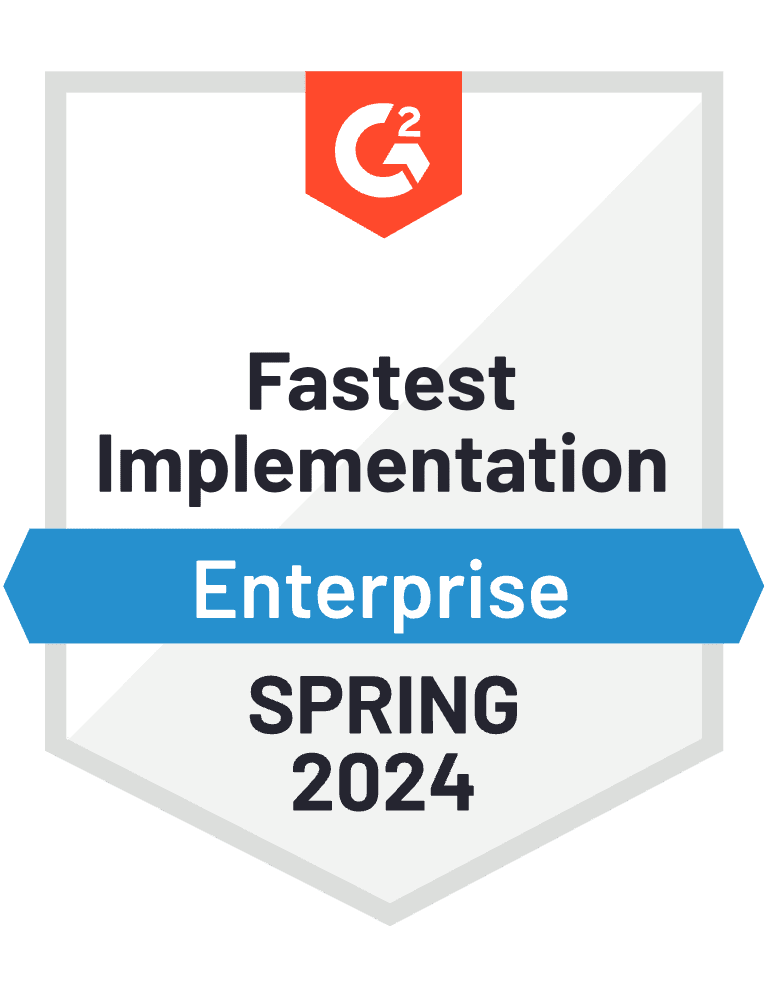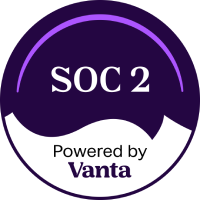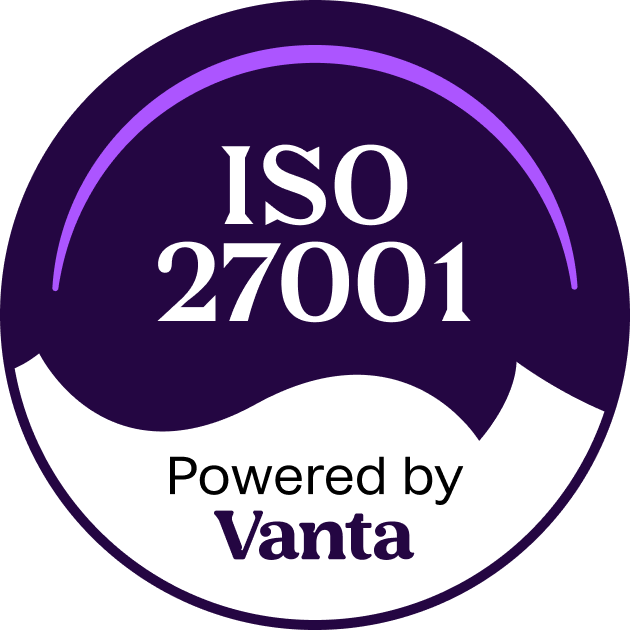In the intricate world of business, formalities like the RFP (Request for Proposal) process stand out. This method, used by companies to solicit bids for projects, often incorporates a significant component known as the Letter of Intent (LOI). But what makes it so indispensable?
Understanding the Letter of Intent (LOI)
An LOI is essentially a document that signals a company’s intention to partake in a business transaction. It sketches the initial understanding between parties before they reach a formal agreement.
More often than not, an LOI will elaborate on the project’s scope, potential terms of engagement, and other pertinent details.
The Role of LOI in the RFP Process
Within the RFP process, the LOI serves a multifaceted role. Firstly, it acts as a sieve, filtering out entities that might not have a genuine interest in the project. Secondly, it offers a preliminary commitment, indicating that a company is not merely showing interest but is also contemplating allocating resources for the project.
Lastly, with LOIs in place, the RFP issuing companies can trim down the number of proposals they need to review, thereby making the selection process more streamlined.
Advantages for the Issuing Company
For the company that issues the RFP, the LOI brings a plethora of advantages to the table. It allows for a more efficient allocation of resources by centering attention only on serious bidders.
Furthermore, being aware of the number and quality of interested parties can furnish the issuing company with a stronger position during negotiations. Not to mention, the preliminary commitments mentioned in the LOI can offer insights into potential timelines.
Benefits for the Responding Company
On the flip side, for companies responding to an RFP, presenting an LOI can be a testament to their professionalism and earnestness.
Challenges and Considerations
While Letters of Intent (LOIs) offer numerous advantages in the RFP process, there are a few key considerations to keep in mind when drafting one:
Non-binding Nature
One of the most significant challenges is that most LOIs are not legally binding. This means that even if you submit an LOI and it is accepted, there’s no guarantee that you’ll win the contract. Companies must weigh the effort and resources spent on drafting an LOI against the non-binding nature of the document.
Resource-Intensive Process
Crafting an effective LOI can be a time-consuming and resource-intensive task. It requires a deep understanding of the project, meticulous attention to detail, and often, the involvement of various departments like legal, finance, and operations. This can strain resources, especially for smaller companies that may not have dedicated teams for such tasks.
Risk of Miscommunication
The LOI is a preliminary document that sets the stage for future negotiations and possibly a formal contract. Any ambiguity or miscommunication at this stage can lead to misunderstandings that could jeopardize the entire deal. Therefore, it’s crucial to be as clear and precise as possible in your LOI to minimize the risk of future disputes.
Potential for Overcommitment
In the eagerness to secure a project, companies might make preliminary commitments in the LOI that they later find challenging to fulfill. Overcommitment can not only strain your resources but also harm your reputation if you fail to deliver.
Legal Implications
While LOIs are generally non-binding, certain statements or promises could have legal implications. It’s advisable to consult with legal experts to ensure that your LOI doesn’t inadvertently commit you to terms that you are not prepared to fulfill.
By being aware of these challenges and considerations, companies can better navigate the complexities of the LOI process, making informed decisions that align with their capabilities and business goals.
Crafting an Effective LOI
When crafting an LOI, it’s crucial to be clear and concise, steering clear of jargon. It’s beneficial to address the primary requirements of the RFP and to underscore past successes and relevant experience. Providing a sense of your timelines and how you plan to allocate resources can also be a game-changer.
Use straightforward language and avoid industry jargon that might not be universally understood. Remember, the LOI is often the first formal document that the issuing company will review, so it’s essential to make a strong first impression.
Address Requirements Upfront
Addressing the primary requirements of the RFP is another crucial aspect. Go through the RFP document meticulously to understand what the issuing company is looking for. Your LOI should reflect that you’ve not only read but also comprehended these requirements.
Highlight how your company can meet or exceed these expectations, thereby subtly positioning yourself as a strong candidate for the project.
Highlight Previous Successes
Don’t underestimate the power of showcasing your past successes and relevant experience. This is your opportunity to shine and differentiate yourself from the competition. Provide brief examples or references to similar projects you’ve successfully completed in the past.
This adds credibility and assures the issuing company that you have the experience and expertise to deliver on your promises.
Timeline & Next Steps Overview
Timelines and resource allocation are often overlooked but are vital components of an effective LOI. Providing a sense of your timelines shows that you’ve thought through the project’s logistics. It also gives the issuing company an idea of how you plan to execute the project, which can be a significant advantage in their decision-making process.
Similarly, outlining how you plan to allocate resources—whether it’s manpower, technology, or capital—can demonstrate your commitment and preparedness.
Lastly, consider adding a section that outlines the next steps or suggests a meeting for further discussions. This proactive approach can signal your enthusiasm for the project and your eagerness to move forward.
In conclusion, while it might seem like a mere document, the LOI holds immense sway in the RFP process. It embodies clarity, commitment, and professionalism, rendering the entire procedure more efficient for all stakeholders. Don’t skimp on it!






